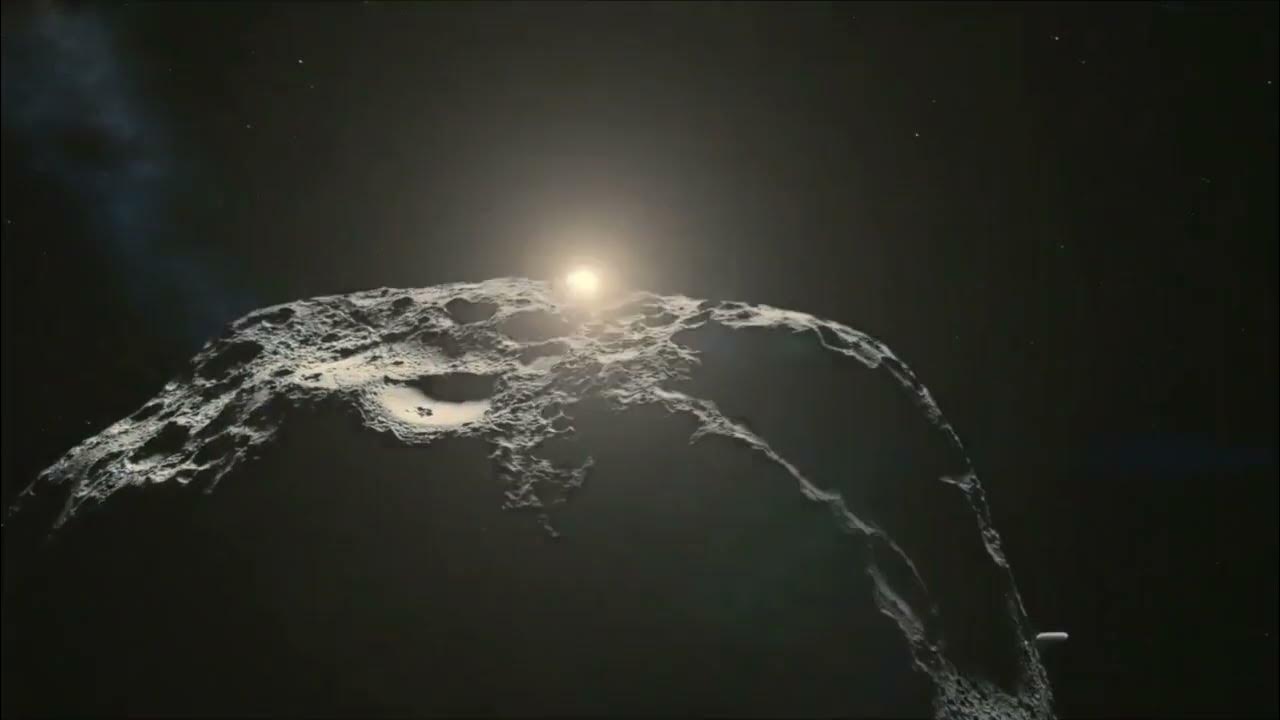THE GEOSPHERE | Educational Videos for Kids
Summary
TLDRThis educational video script takes us on an exciting journey to the heart of the Earth, exploring the geosphere. It explains the geosphere's three main layers: the crust, mantle, and core, highlighting their characteristics and interactions. The crust is the thin, outermost layer, while the mantle, below it, is semi-molten and responsible for volcanic activity. The inner core, made of metals, is incredibly hot, akin to the sun's temperature. The script also touches on tectonic plates, earthquakes, and mountain formation, making geology both fascinating and accessible.
Takeaways
- 🌏 The geosphere is the solid part of Earth, including the surface and everything beneath to the center.
- 🌊 A portion of the geosphere is under the oceans, creating the seabed, while another part forms the continents and islands.
- 🔩 If drilled to the center, a hole would reach a depth of over 6,000 kilometers.
- 📚 The geosphere consists of three layers: the crust, the mantle, and the core.
- 🏔️ The crust is the thinnest and most superficial layer, akin to the Earth's skin, and includes the sea floor.
- 🌌 The lithosphere includes the crust and upper mantle, is hard and rigid, and is broken into tectonic plates.
- 🌍 Tectonic plates float and move, causing events like earthquakes and tsunamis when they interact.
- 🏞️ Mountain formation is a slow process that occurs over thousands of years due to tectonic plate movements.
- 🔥 The mantle is the thickest layer, estimated to be about 3,000 kilometers long, with semi-molten materials due to high temperatures.
- 🌋 Magma, molten rock from the mantle, can cause volcanic eruptions when it reaches the Earth's surface.
- 🔥 The core, made of iron and other metals, is extremely hot with temperatures comparable to the sun, around 6,000 degrees Celsius.
Q & A
What is the geosphere?
-The geosphere is the solid part of our planet, including the Earth's surface and everything beneath it down to the center of the Earth, where life develops.
What are the two main components of the geosphere?
-The two main components of the geosphere are the seabed under the oceans and the continents and islands that rise to the surface.
How deep would one have to dig to reach the center of the Earth?
-To reach the center of the Earth, one would have to dig more than 6,000 kilometers deep.
What are the three concentric layers of the geosphere?
-The three concentric layers of the geosphere are the crust, the mantle, and the core.
What is the crust like in comparison to the rest of the geosphere?
-The crust is the most shallow and thinnest layer of the geosphere, often compared to the skin of our planet.
What is the lithosphere and how is it related to the crust and mantle?
-The lithosphere is a special layer that contains the crust and the upper mantle. It is hard, rigid, and fractured into tectonic plates.
How do tectonic plates move and what effects can this movement have?
-Tectonic plates move by floating on a semi-liquid surface and can collide or collapse. This movement can cause earthquakes, tsunamis, and the formation of mountains.
What is the mantle and what is its estimated thickness?
-The mantle is the middle layer of the geosphere, located below the crust, and is the thickest layer, estimated to be about 3,000 kilometers long.
What is the core made of and how hot is it?
-The core is made of iron, nickel, and silicon, and it is extremely hot, with temperatures reaching around 6,000 degrees Celsius, similar to the temperature of the sun.
What happens when molten rock from the mantle seeps between tectonic plates and reaches the Earth's surface?
-When molten rock from the mantle seeps between tectonic plates and reaches the surface, it causes volcanic eruptions, with magma being expelled from the volcano.
How quickly do mountains form as a result of tectonic plate movement?
-Mountains do not form overnight. The process is very slow and occurs over thousands of years due to the movement and interaction of tectonic plates.
Outlines

このセクションは有料ユーザー限定です。 アクセスするには、アップグレードをお願いします。
今すぐアップグレードMindmap

このセクションは有料ユーザー限定です。 アクセスするには、アップグレードをお願いします。
今すぐアップグレードKeywords

このセクションは有料ユーザー限定です。 アクセスするには、アップグレードをお願いします。
今すぐアップグレードHighlights

このセクションは有料ユーザー限定です。 アクセスするには、アップグレードをお願いします。
今すぐアップグレードTranscripts

このセクションは有料ユーザー限定です。 アクセスするには、アップグレードをお願いします。
今すぐアップグレード関連動画をさらに表示

Planet-Planet di Tata Surya: Keunikan & Karakteristiknya🌎✨

Cosmos A Spacetime Odyssey episode 1 part2

Greenhouse Effect. EXPERIMENT

O Sistema Solar em 3D para crianças - Vídeos educativos

Exploring Our Solar System: Planets and Space for Kids - FreeSchool

38 Fakta Luar Angkasa yang Bisa Kamu Pelajari Tanpa Buku Pelajaran
5.0 / 5 (0 votes)
